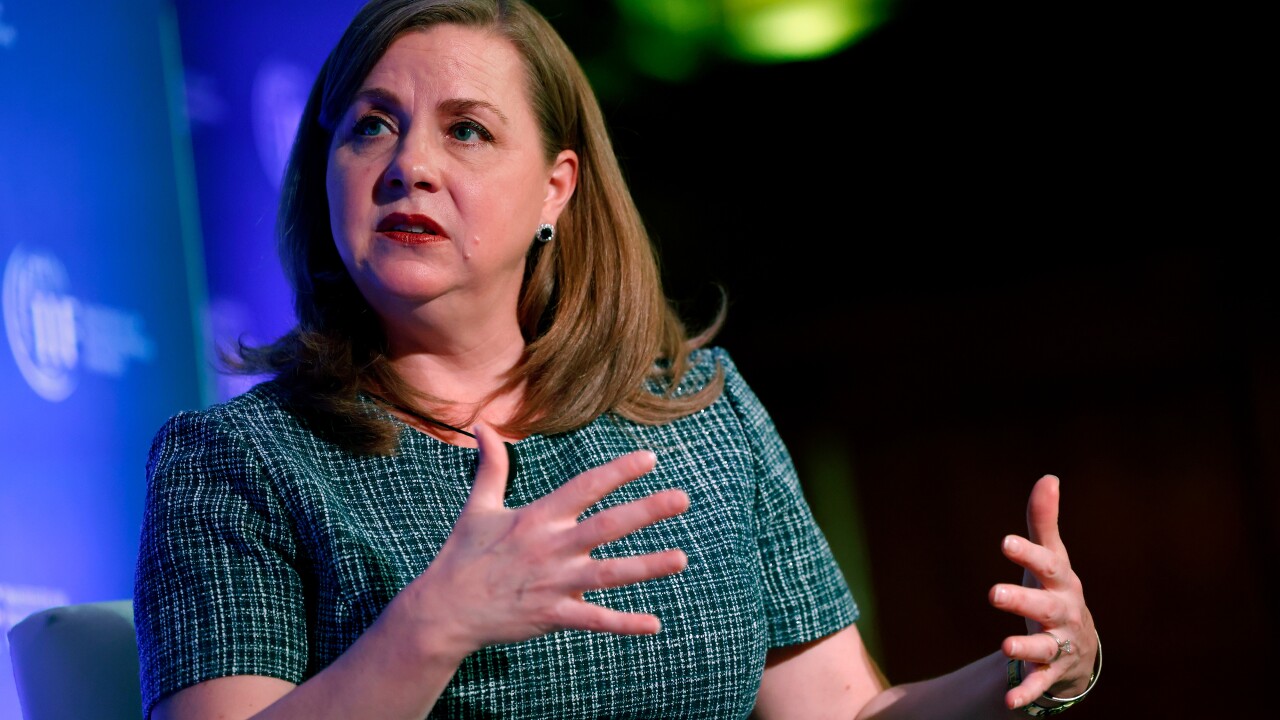Want unlimited access to top ideas and insights?
In banking, as in any other industry, a company's brand is a precious commodity. But as the digital economy matures, card issuers are finding a greater need to hand the reins over to their partners.
It's not an easy thing to trust another company with your reputation. No doubt, JPMorgan Chase was less than thrilled after its co-brand partner United Airlines suffered a PR disaster in April by having a passenger violently removed from a plane to make room for an airline employee.
"What happened to United could just as easily happen to Delta or American," and to the banks that issue their co-brand cards, said Gary Leff, travel expert and author of View from the Wing, at SourceMedia's annual Card Forum this week in Austin.

"This could happen to anyone here," Leff said. In a co-brand partnership, "both reputations are on the line."
But that doesn't mean banks should back off. Crises blow over, and bankers agree that there are valuable benefits to yielding more control of the customer relationship to the co-brand partner, particularly in digital channels.
"The issuers have to get comfortable sharing data a little bit more and trusting third parties … we're going to have to get better at working together," said Chris Guido, vice president of co-brand and private label business development for TD Bank, in a panel discussion.
"We don't need to create our own app for the card program," he said. "It needs to be integrated into [the partner's] app."
This need comes from the millennial cardholder's demand for experiences as rewards, Guido said. Any bank can offer cash or points; a co-brand partner can offer brand-relevant perks such as free travel, celebrity access and more.
Rewards that can be bought for cash aren't as meaningful, he said. "If I can buy it, it's really not that special."
This type of customer connection can't be achieved if the bank walls off reward redemption in a separate app or website. Consumers prefer to conduct all of their interactions with a store's brand within its own app, including the use of card rewards, said Laurie Roth, Mastercard's vice president of co-brand business development, during the same panel discussion.
"It's all about in-app today, it's all about integration," Roth said. "It's becoming more and more of a requirement for the partners that we're talking to."
The strategy of selling experiences and smoothing the customer interaction through technology is preferable to selling a rewards card based on its pricing or its sign-up bonus, according to Pablo Sanchez, HSBC's CEO of retail banking and wealth management for the U.S. and Canada. Sanchez discussed the effect of technology in a Card Forum fireside chat with Editor at Large Penny Crosman.
"I typically never believe in pricing as a strategy," Sanchez said. "I'm not going to go chase a crazy rabbit around a track just because others are. I think you have to have a solid proposition."
But even HSBC realized that it needed partners to achieve this goal. The issuer supports the three major digital wallets (Apple Pay, Android Pay and Samsung Pay), but doing so has been somewhat of a branding concession even if it benefits consumers.
"This is something that we, all along, as a bank should have been great at — moving people's money around and payments — and we lost our edge," Sanchez said. "People came into this space and were able to create less friction for the consumer."
In this mobile world, the plastic card "is obviously important; it is typically the one physical representation of your brand," he said. "But the truth is more and more folks are utilizing digital mediums by which to pay."





